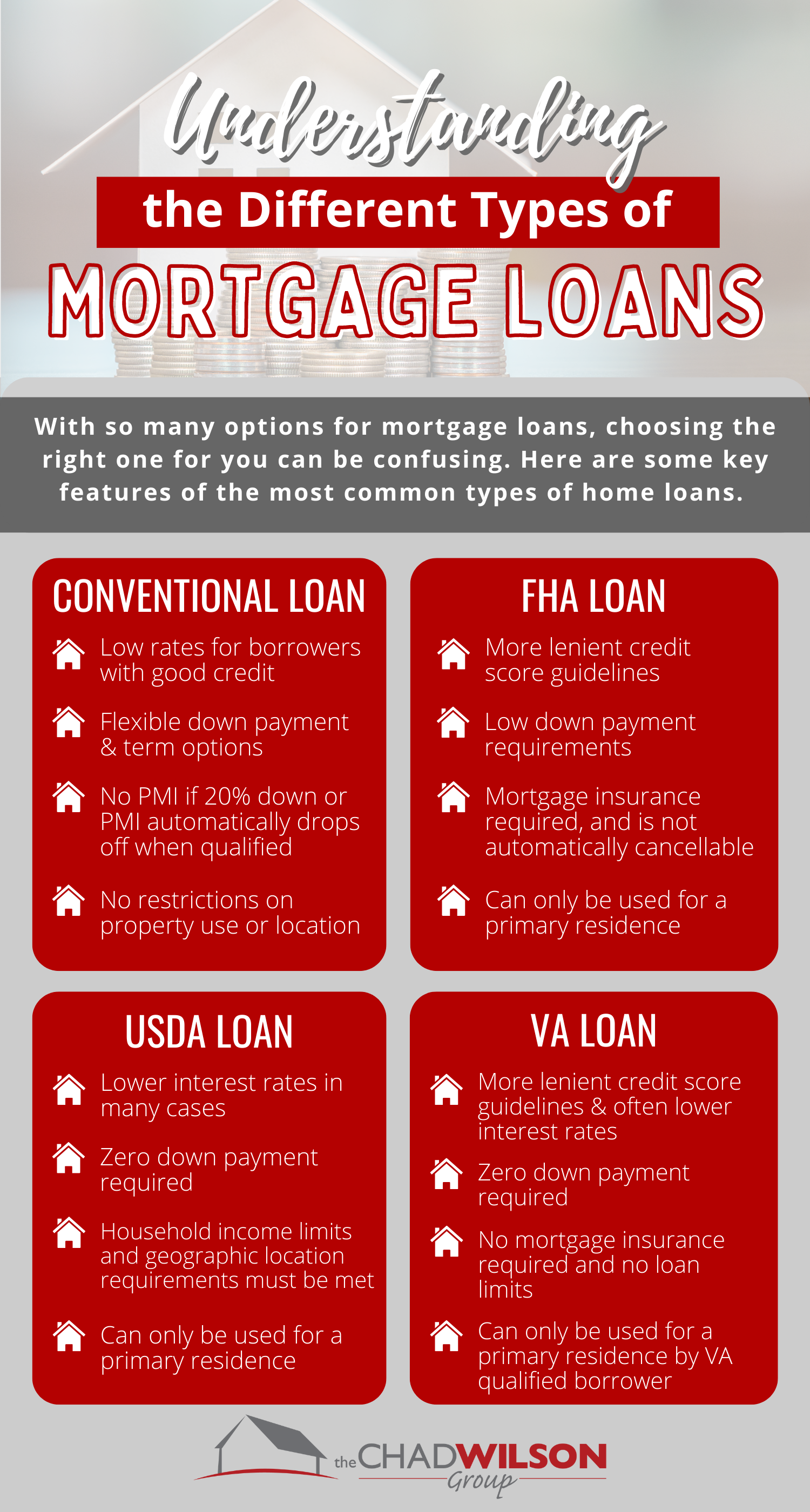Understanding Conventional Mortgage Loans: Benefits and Requirements
Understanding Conventional Mortgage Loans: Benefits and Requirements
Blog Article
The Essential Factors to Think About When Choosing In Between Fixed-Rate and Variable-rate Mortgage Financings
When evaluating home mortgage alternatives, consumers deal with a critical decision in between fixed-rate and adjustable-rate lendings, each presenting distinctive advantages and potential pitfalls. Secret considerations such as interest price stability, predictability in regular monthly repayments, and the ramifications of possible rate adjustments can dramatically influence long-lasting economic health and wellness.
Interest Price Security
When selecting a home mortgage, understanding rates of interest security is important for informed decision-making. Rate of interest can considerably impact the total cost of a home mortgage, and recognizing the nature of these prices is necessary for debtors. Fixed-rate home mortgages supply the benefit of consistent month-to-month payments over the life of the loan, protecting customers from market variations. This stability allows home owners to prepare their finances with higher assurance, as they will certainly not be affected by rising interest rates.
On the other hand, variable-rate mortgages (ARMs) start with reduced initial rates that may alter regularly based upon market problems. While this can lead to reduced repayments originally, it additionally presents unpredictability, as consumers might encounter increased payments if rate of interest increase. For those thinking about an ARM, it is essential to analyze the possibility of rate modifications, the capacity for settlement increases, and the length of the preliminary fixed-rate duration.
Ultimately, the option between adjustable-rate and fixed-rate home mortgages rests on specific risk tolerance and financial conditions. Understanding rate of interest security aids borrowers make notified choices that straighten with their long-lasting economic goals.
Monthly Repayment Predictability
While debtors often prioritize rates of interest stability, the predictability of monthly settlements is just as crucial in the home loan choice process (Conventional mortgage loans). Month-to-month settlement predictability plays a critical duty in budgeting and monetary preparation, as it straight affects a home owner's money flow and overall economic wellness
Fixed-rate home loans provide a constant regular monthly settlement throughout the life of the financing, enabling borrowers to anticipate and plan their expenses properly. This stability can be specifically helpful for first-time property buyers or those on a set earnings, as it removes the uncertainty related to fluctuating settlements.
Conversely, adjustable-rate home mortgages (ARMs) usually feature lower first payments that can alter over time, causing potential irregularity in month-to-month responsibilities. While originally appealing, this unpredictability can make complex monetary preparation, especially if customers do not make up future rate modifications.
Possible Price Changes
In the realm of variable-rate mortgages (ARMs), potential rate modifications stand for a substantial factor that customers need to carefully consider. Unlike fixed-rate mortgages, where the rates of interest stays the same for the life of the finance, ARMs are identified by rising and fall interest rates that are tied to market indices. This variability can lead to substantial changes in monthly payments, impacting the consumer's economic preparation and budgeting.
Debtors should be aware of the margin and index made use of to determine these changes, as they straight influence future interest prices. Additionally, ARMs usually consist of caps that limit how a lot the interest price can raise at each change and over the life of the finance, which can offer some degree of security against drastic price walkings.
Comprehending these possible modifications is important for borrowers, as they directly influence long-lasting payment responsibilities. Analyzing personal monetary situations and risk resistance is important when determining whether an ARM aligns with one's monetary goals.
Finance Term Factors To Consider
Car loan term factors to consider play a crucial role in the decision-making process for customers selecting in between fixed-rate and adjustable-rate mortgages. The length of the loan term dramatically impacts regular monthly payments, rate of interest, and total monetary planning. Fixed-rate home loans commonly offer terms of 15 to 30 years, offering stability in regular monthly repayments and predictability in budgeting. This can be specifically appealing for consumers that intend to remain in the same home long-lasting and like the assurance of set payments throughout the life of the finance.

Eventually, customers should assess their individual scenarios, monetary goals, and market problems when evaluating the ramifications of car loan term choices within each home mortgage type.

General Expense of Borrowing
Fixed-rate home loans use foreseeable regular monthly repayments, as the passion rate stays consistent throughout the financing term. This predictability can lead to lower total expenses, specifically in a steady or decreasing rate of interest price setting.
On the other hand, variable-rate mortgages (ARMs) typically begin with lower initial prices, leading to decreased ahead of time costs. However, these prices can boost after an initial period, leading to potentially higher long-term prices. Debtors have to take into consideration the regularity and level of price modifications, along with the total lending duration, to accurately assess the financial implications.
Moreover, the overall visit this site right here cost of borrowing includes not only rates of interest yet additionally fees and other associated costs, such as closing prices and insurance policy (Conventional mortgage loans). When assessing mortgage alternatives, debtors ought to conduct a detailed expense analysis over the life of the loan. By doing so, they can make an enlightened decision that straightens with their monetary goals and take click resources the chance of tolerance
Verdict
To conclude, choosing between adjustable-rate and fixed-rate home loan fundings necessitates mindful consideration of numerous essential aspects. Rate of interest security and regular monthly settlement predictability are critical for reliable budgeting, while the potential for price changes in ARMs presents economic uncertainty. In addition, the anticipated duration of homeownership and the overall expense of loaning, including rate of interest prices and associated charges, have to align with specific economic situations and run the risk of resistance. Such an extensive evaluation will assist in informed decision-making in home loan option.
Key considerations such as passion price security, predictability in regular monthly settlements, and the effects of potential rate adjustments can substantially affect long-lasting monetary health and wellness. Rate of interest rates can considerably affect the general expense of a home loan, and acknowledging the nature of these rates is necessary for consumers. Unlike fixed-rate home mortgages, where the interest rate continues to be unchanged for the life of the funding, ARMs are defined by rising and fall rate of interest prices that are linked to market indices. Additionally, ARMs typically consist of caps that limit how a lot the interest price can raise at each change and over the life of the lending, which can offer some degree of security against drastic rate walks.
Passion price security and monthly settlement predictability are paramount for effective budgeting, while the possibility for rate adjustments in ARMs presents monetary uncertainty.
Report this page